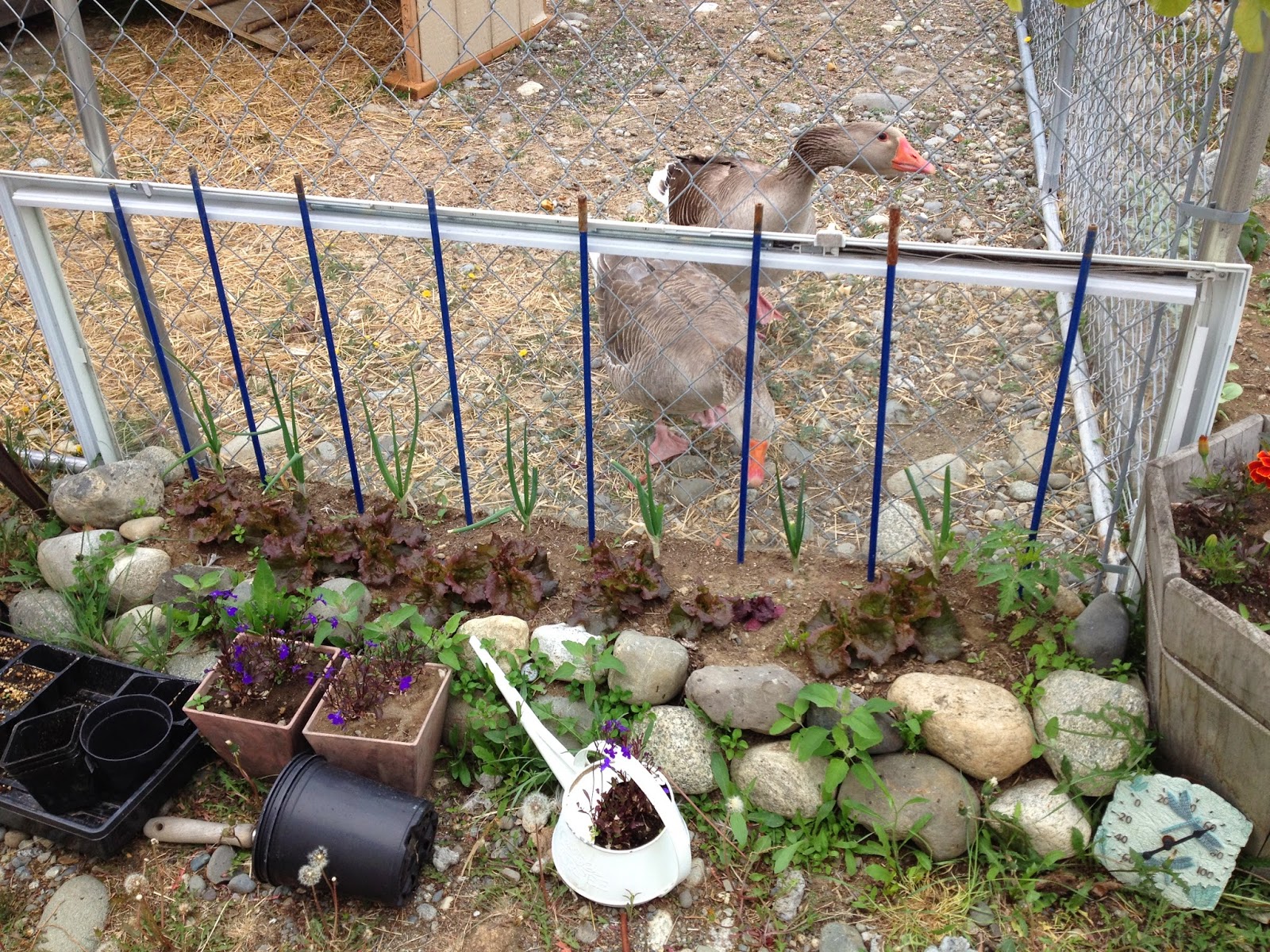Spring appears to have arrived early this year, and although most of us have experienced snowfall in May, we all seem to be having a difficult time refraining from planting the entire garden by Mother's Day weekend! Honestly, in most of the Matanuska Valley and Anchorage area, your seeds can be safely planted now, if you take a few steps to warm the soil a bit.
Raised beds are a great way to maximize the heat from the sun. They tend to thaw faster, and if you cover them with black plastic or row cover until you are ready to plant, your soil should be plenty warm. Cold Frames are usually insulated on the bottom, and that, paired with the heat brought in through the glass, make a great place to keep starts, or to plant cold tolerant veggies such as lettuce and spinach a little earlier in the season. Hoop houses are essentially cold frames on a grand scale. They make great season extenders, and can be custom built over raised beds with the plastic removed once the danger of frost is past.
If you decide to brave the frost and plant out your starts, the first thing to consider is micro climates within your space. Generally the south facing side of your house will provide the best cold protection. Large rocks strategically placed amongst your starts will absorb heat during the day and release it at night, and a black garbage can or jugs full of water will retain a surprising amount of heat. For more active frost protection, some sort of nightly cover may be needed. You can buy specially designed fabric to cover your plants with, but an old bed sheet will do just as well.
In my garden, the best protection I have found is to cut the bottom inch off of a clear plastic milk jug and place it over the plant like a miniature greenhouse. You can remove the whole thing on nice days, or just the cap on colder days.
If you do decide to plant now, remember to harden off any starts for a few days before placing them in the dirt, and be sure to use air temperature water so you don't sent the roots into shock! Good luck, and happy planting!























